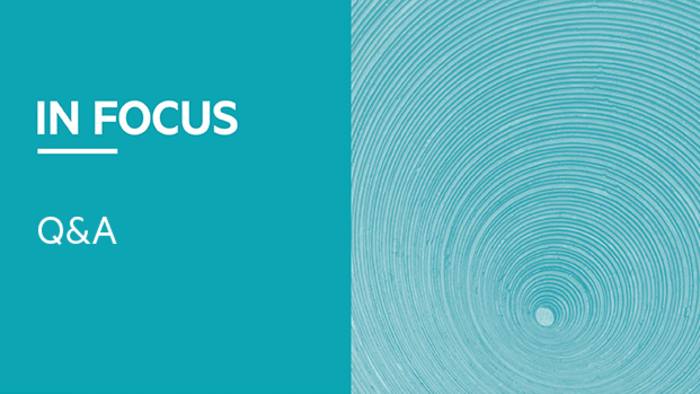
Chancellor Rishi Sunak's Budget tax changes may have only seemed like tinkering around the edges, but the importance of taking advantage of tax-efficient savings structures cannot be underestimated.
This will be brought even more into relief as 'tax day' approaches and the chancellor puts forward his proposals to change certain tax structures.
But one thing that did change in the Budget was the news that the personal allowance – the amount of income one can earn in a tax year that will be free from income tax – will be frozen at April 2021 levels until 2026.
FTAdviser In Focus caught up with Steven Cameron, pensions director at Aegon, to talk about why it makes a big difference to put as much aside into a pension pot as possible, especially for those higher-rate taxpayers caught out by the personal allowance freeze.
FTAdviser: Why is this being called a 'stealth tax' and how might it affect people in the future?
Steven Cameron: While the chancellor didn’t increase income tax rates in his Budget, he did freeze the thresholds when people start paying basic and higher rates of income at the levels for 2021/22.
The Office for Budget Responsibility forecast shows this could mean 1.3m extra people start paying income tax and 1m will become higher-rate taxpayers.
This is based on relatively conservative assumptions around future earnings growth of between 1 per cent and 2 per cent a year.
FTA: So any pay rises we might hope for amid this climate could end up tipping people over the edge into a higher-rate tax band?
SC: Many people may have been relieved to find that the chancellor in his Budget didn’t push up rates of income tax, as per one of the government’s manifesto commitments from 2019.
But according to the OBR it could mean over the next five years, 1m will find that because of even modest increases in their earnings, they will start paying higher rate income tax.
In England this will mean those whose earnings cross the threshold of £50,270 will pay 40 per cent on earnings above this, twice the basic rate of 20 per cent.
For them, an increase in the basic rate from 20 per cent to, say 22 per cent, might no longer look so bad.
The OBR makes assumptions above average increases in earnings in future years of between 1-2 per cent. If you’re earning over £46,442 and you received 2 per cent pay increases for the next four years, your earnings would be above £50,270 and you’d become a higher-rate taxpayer.
FTA: Why is paying more into a pension a good way to mitigate the effects of this?
SC: If you’re one of those estimated 1m people where a much-needed pay rise means you face paying higher rate tax, one way to avoid this is to pay more into your pension. Your pension contributions get ‘tax relief’ at your ‘highest marginal rate’.





